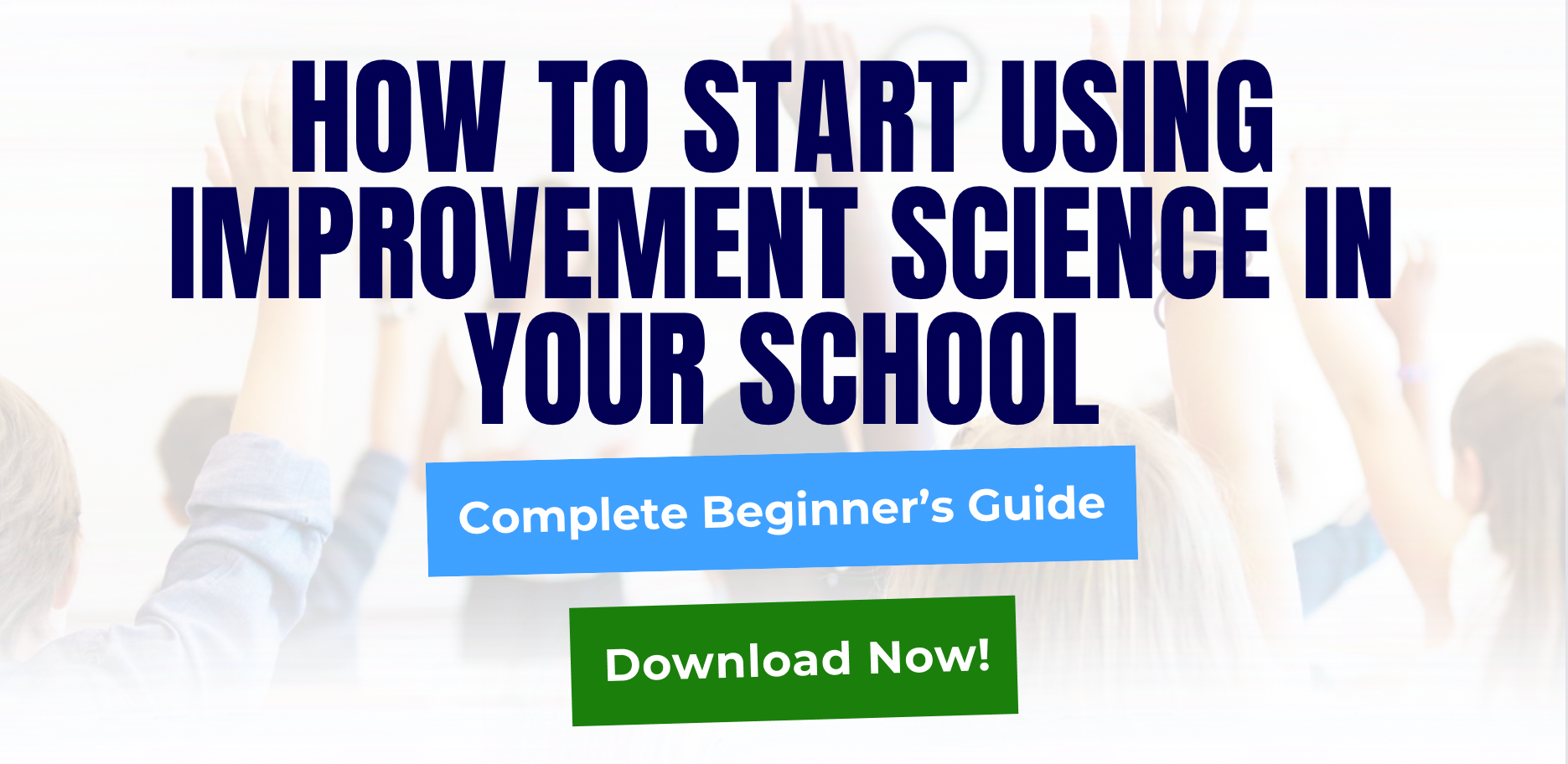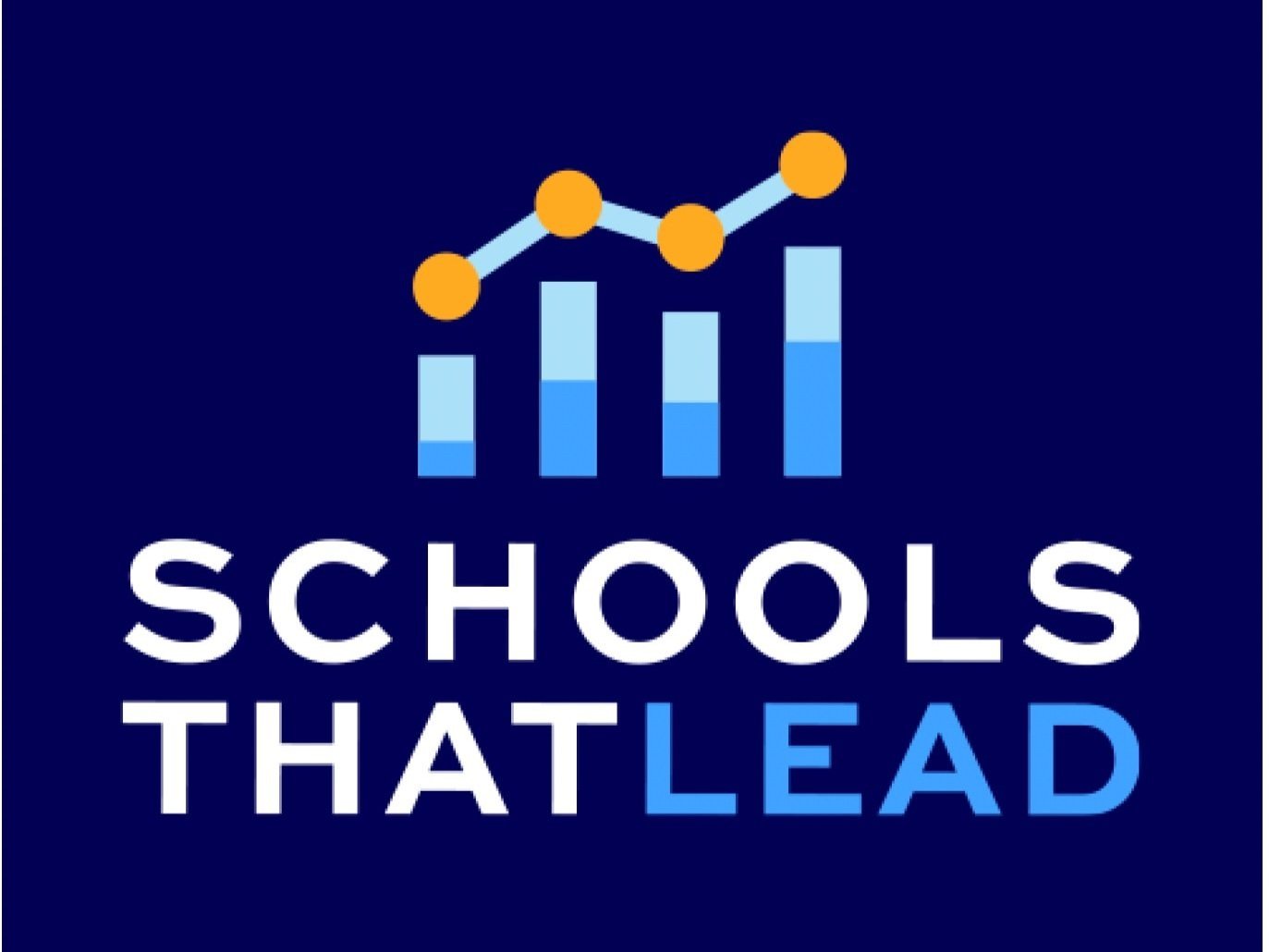The 7 Key Characteristics of a Kinesthetic Learner
Are you struggling to keep students engaged in the classroom? You’re not alone. Many learners thrive in ways that traditional teaching methods often overlook. For educators seeking to create inclusive and effective learning environments, understanding different learning styles is essential. One such style is kinesthetic learning — a hands-on, movement-based approach to absorbing information. Unlike visual or auditory learners, kinesthetic learners engage best when they can touch, move, and experience the material directly.
Think of the student who eagerly volunteers for science experiments, enjoys building models, or learns math concepts better through physical manipulatives. These learners bring energy and creativity to the classroom, often excelling when lessons involve movement and real-world application. Recognizing and supporting kinesthetic learning can foster deeper comprehension, improve academic performance, and make learning a more enjoyable experience for everyone.
By implementing kinesthetic strategies, teachers can enhance student engagement and create a more dynamic learning environment. Let’s explore what makes kinesthetic learners unique, how to identify them, and how educators can adapt their teaching methods to help these learners thrive.
Key Insights
Kinesthetic learner definition: Learners who absorb information best through physical activity, movement, and hands-on experiences.
Classroom strategies: Incorporate activities like role-playing, experiments, and hands-on projects to keep kinesthetic learners engaged.
Learning environment: Flexible seating, movement breaks, and interactive learning stations can create a kinesthetic-friendly classroom.
Student engagement: Movement-based learning enhances participation and encourages collaboration among students.
Academic success: Kinesthetic learners often perform better in subjects involving physical tasks and practical problem-solving.
What Is a Kinesthetic Learner?
A kinesthetic learner is someone who learns best through physical movement and hands-on activities. Unlike visual or auditory learners, kinesthetic learners retain information more effectively when they engage in tactile experiences. This learning style is particularly common in younger children but can persist into adulthood.
Kinesthetic learners often excel in subjects like physical education, drama, science labs, and hands-on workshops. Recognizing the characteristics of these learners can help educators adapt their teaching strategies to better meet their needs.
The Role of Kinesthetic Learning in Cognitive Development
Engaging in physical activities stimulates brain development and enhances cognitive function. Studies have shown that movement-based learning can improve memory retention, problem-solving abilities, and critical thinking skills. Kinesthetic learners often demonstrate heightened creativity and resourcefulness, which are valuable traits both in and out of the classroom.
Moreover, kinesthetic learning promotes emotional regulation and reduces stress. Physical movement triggers the release of endorphins, leading to improved mood and increased focus. This makes active learning an effective strategy for supporting students with attention difficulties or anxiety.
Real-Life Examples of Kinesthetic Learning
Kinesthetic learning can take many forms in the classroom. For example, science experiments provide students with hands-on experiences to explore scientific concepts. Math manipulatives, such as blocks or counters, allow learners to visualize and solve problems through tactile interaction. Dramatic role-play helps students act out historical events or literary scenes, deepening comprehension through physical engagement. Additionally, interactive games that involve movement provide a fun and effective way to reinforce learning through play. Recognizing and nurturing kinesthetic learning preferences can transform the classroom experience, making lessons more memorable and engaging.
Science Experiments: Students conduct hands-on experiments to explore scientific concepts.
Math Manipulatives: Learners use objects like blocks or counters to understand mathematical operations.
Dramatic Role-Play: Students act out historical events or literary scenes to enhance comprehension.
Interactive Games: Educational games involving movement reinforce learning through play.
Recognizing and nurturing kinesthetic learning preferences can transform the classroom experience, making lessons more memorable and engaging.
Characteristics of a Kinesthetic Learner
Kinesthetic learners possess unique traits that distinguish them from visual or auditory learners. Understanding these characteristics can help educators and parents identify and support these learners more effectively.
Energetic and Active
Kinesthetic learners are naturally energetic and enthusiastic. They often prefer activities that involve movement and physical engagement. Sitting for long periods can be challenging, and they may find it difficult to concentrate without opportunities to move. Activities that encourage active participation, like interactive games, classroom exercises, or role-playing, keep their attention and help them absorb information.
Hands-On Learning Preference
These learners excel when given the opportunity to engage directly with materials. Whether it’s constructing a science project, solving a math problem with manipulatives, or participating in a classroom experiment, hands-on learning enhances their comprehension. Physical involvement helps them internalize lessons, making theoretical concepts more tangible and relatable.
Strong Tactile Memory
Kinesthetic learners often have excellent tactile memory, meaning they recall information best when it is linked to physical experiences. For example, they may remember historical dates by recreating events in class or understand scientific concepts through lab experiments. Activities that incorporate touch, like using flashcards, manipulating objects, or crafting visual aids, can further strengthen their retention.
Preference for Trial and Error
Rather than following strict instructions, kinesthetic learners thrive on experimenting and problem-solving. They prefer a trial-and-error approach, learning from their mistakes and adapting their strategies. This hands-on exploration builds resilience and creativity, fostering a deeper understanding of concepts. Educators can support this learning style by providing opportunities for open-ended projects and real-world problem-solving tasks.
Physical Expression and Gestures
Kinesthetic learners often use their bodies to communicate thoughts and ideas. They may gesture while speaking, act out scenarios, or prefer physical demonstrations over verbal explanations. Encouraging role-playing activities, storytelling with movement, or using props can help these learners express themselves and deepen their understanding.
Struggles in Traditional Settings
In conventional classrooms where lectures and textbooks dominate, kinesthetic learners may become restless or disengaged. Without opportunities to move or interact, they may find it difficult to concentrate and retain information. Implementing frequent movement breaks, incorporating hands-on activities, and allowing flexible seating arrangements can create a more supportive learning environment.
Creative Problem-Solvers
Kinesthetic learners often excel in problem-solving scenarios that require hands-on thinking. They enjoy challenges that involve building, designing, or experimenting. Their ability to think creatively and work collaboratively makes them valuable contributors in group settings. Providing opportunities for project-based learning, STEM activities, and maker spaces encourages their innovative thinking.
By understanding and recognizing these characteristics, educators can create learning experiences that cater to the strengths of kinesthetic learners, helping them achieve academic success and build confidence in their abilities.
How to Identify a Kinesthetic Learner
Identifying a kinesthetic learner requires careful observation and a willingness to understand how different students engage with their environment. Here are some key signs to look for:
Frequent Movement
Kinesthetic learners often struggle to stay still for long periods. They may fidget, tap their feet, or find excuses to move around.
Hands-On Engagement
They gravitate towards hands-on activities like building, crafting, or conducting experiments.
Preference for Physical Expression
When communicating ideas, they often use gestures or act out concepts.
Enhanced Learning Through Movement
They retain information better when movement is involved, such as using manipulatives in math or acting out scenes in literature.
Restlessness During Passive Tasks
Traditional lectures and note-taking may bore them, leading to disengagement.
Strong Performance in Physical Tasks
They excel in physical education, dance, drama, and other activities that require movement and coordination.
Educators can conduct informal assessments by offering different learning activities and noting how students respond. Providing opportunities for hands-on learning experiences will reveal which students thrive in active, movement-based environments. Additionally, involving parents in discussions about learning preferences can offer further insights into a student’s strengths and challenges.
By recognizing and accommodating kinesthetic learners, educators can create a more inclusive, engaging, and effective learning experience for all students.
Effective Teaching Strategies for Kinesthetic Learners
Supporting kinesthetic learners in the classroom involves incorporating movement and interactive learning opportunities. Educators can enhance learning outcomes by implementing practical teaching strategies that keep these students engaged.
Incorporating movement into lessons can significantly improve retention and participation. Activities like acting out historical events, using manipulatives in math, or conducting science experiments create opportunities for hands-on learning. Allowing students to move around the classroom, use standing desks, or take short movement breaks can also boost focus and energy levels.
Providing real-world experiences further supports kinesthetic learning. Field trips, hands-on workshops, and interactive projects help bridge the gap between theoretical knowledge and practical application. Collaborative tasks that require physical problem-solving, such as building models or creating visual presentations, can foster deeper comprehension.
Teachers can also encourage multisensory learning by combining movement with visual aids, audio elements, and tactile materials. Interactive games, role-playing activities, and learning stations offer varied experiences that cater to different aspects of kinesthetic learning. By recognizing and nurturing this learning style, educators can create inclusive and dynamic classrooms where every student has the opportunity to excel.
Incorporate Movement
Use standing desks or offer flexible seating options.
Allow students to pace or move during reading and problem-solving tasks.
Implement brain breaks with short physical activities.
Hands-On Learning
Integrate science experiments, art projects, and building activities.
Offer tactile learning tools like manipulatives, puzzles, or sensory objects.
Use role-playing or simulations to demonstrate concepts.
Encourage Multisensory Learning
Combine physical activity with auditory and visual learning.
Create opportunities for students to act out stories or historical events.
Use games and interactive technology for learning reinforcement.
Provide Real-World Context
Incorporate field trips, workshops, or outdoor learning experiences.
Offer opportunities for experiential learning through internships or volunteer work.
Encourage collaborative problem-solving through group projects.
The Bottom Line
Understanding and supporting kinesthetic learners can significantly enhance their academic success and overall learning experience. These learners bring creativity, energy, and enthusiasm to the classroom, thriving when engaged in hands-on activities and movement-based learning. By implementing effective strategies that cater to kinesthetic learning preferences, educators can create inclusive, dynamic environments that encourage deeper comprehension and active participation. With the right support, kinesthetic learners can reach their full potential and develop the confidence to succeed both inside and outside the classroom.
FAQs
What is a kinesthetic learner?
A kinesthetic learner is someone who learns best through physical movement and hands-on experiences. They often excel in activities that involve tactile engagement.
How can I tell if a student is a kinesthetic learner?
Look for signs like frequent movement, strong participation in physical activities, and a preference for hands-on learning tasks.
What subjects are best suited for kinesthetic learners?
Subjects like physical education, science labs, art, and drama often appeal to kinesthetic learners due to their interactive nature.
How can teachers adapt lessons for kinesthetic learners?
Teachers can use hands-on activities, role-playing, interactive technology, and movement-based learning exercises to engage kinesthetic learners.
Are kinesthetic learners only children, or can adults be kinesthetic learners too?
While common in children, kinesthetic learning preferences can persist into adulthood. Many adults learn best through practical experiences and hands-on tasks.
What classroom tools help support kinesthetic learning?
Flexible seating, standing desks, sensory tools, and hands-on learning materials like manipulatives and models can support kinesthetic learners.
Can kinesthetic learners succeed in traditional learning environments?
Yes, with adaptations such as movement breaks, interactive learning stations, and project-based activities, kinesthetic learners can thrive in traditional settings.
How do kinesthetic learners benefit from hands-on learning?
Hands-on learning improves comprehension, retention, and problem-solving skills by providing real-world, experiential learning opportunities.
What are some career paths for kinesthetic learners?
Careers in fields like construction, healthcare, performing arts, sports, and engineering are often well-suited for kinesthetic learners.
How can parents support a kinesthetic learner at home?
Parents can provide hands-on learning experiences through crafts, physical activities, interactive games, and practical tasks to reinforce learning at home.


